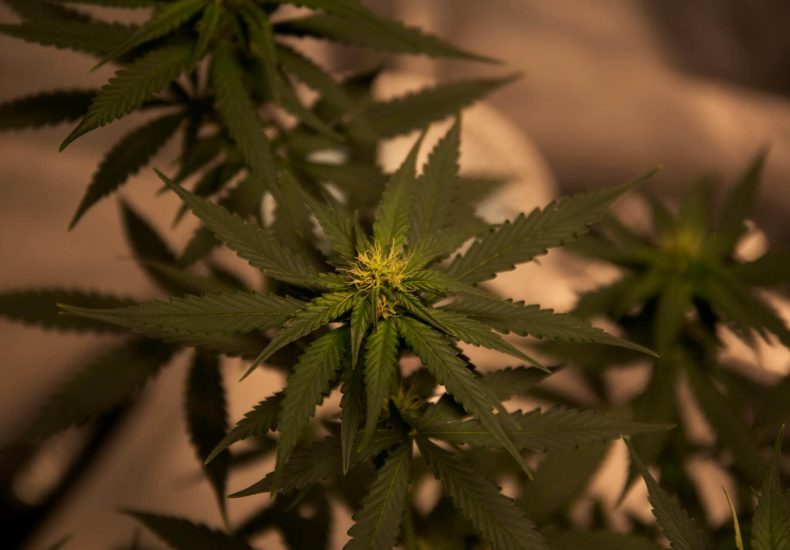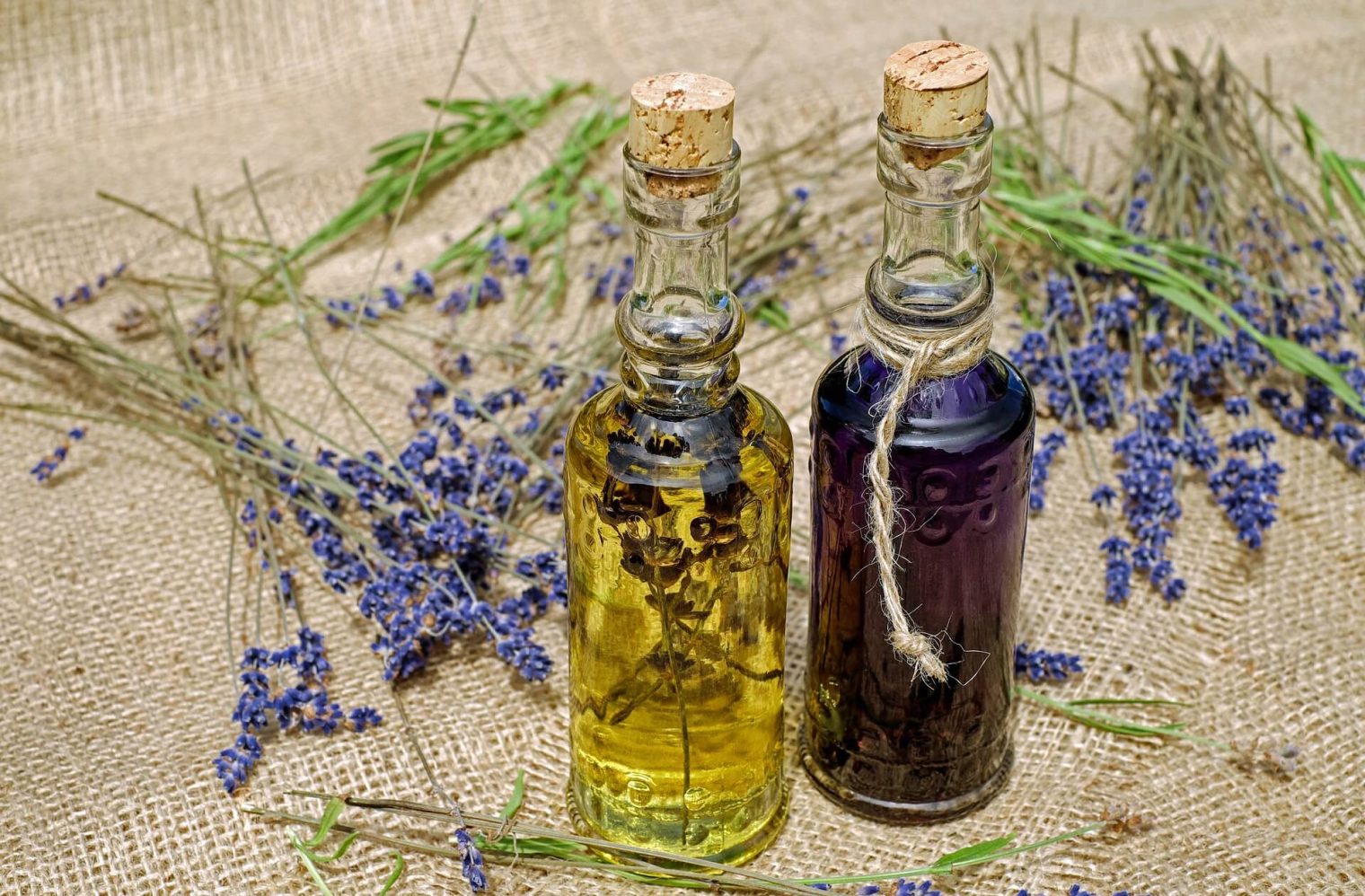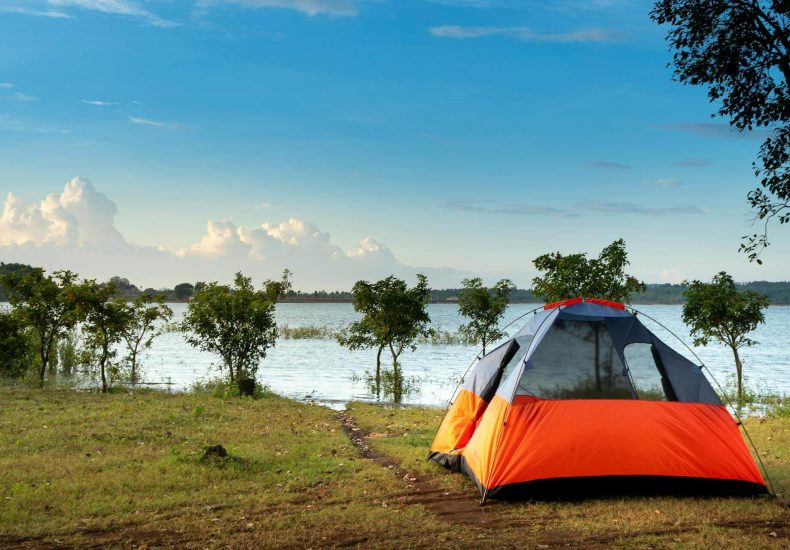 Cannabis
Cannabis
Table of Contents
Cannabis and wellness are more intwined than you’ll ever realize. Feeling stressed, in pain, or struggling to catch some good sleep? You’re not alone. Many people are searching for natural ways to improve their health and wellness. Interestingly, cannabis might hold the answers you’ve been looking for.
With its rich history in holistic healing and a growing body of research supporting its benefits, this plant is more than just marijuana; it’s a gateway to better health.
Cannabis isn’t just about CBD or THC; it’s about finding balance and wellness through nature’s offerings. From managing chronic pain to enhancing relaxation and boosting mood, the potential of cannabis in health and wellness is immense.
This blog will explore how cannabis can be integrated into your life for better well-being while considering legalities and responsible use. Whether you’re curious about medical cannabis or exploring alternative medicine, our insights will guide you toward making informed decisions.
Get ready to learn how green can lead to wellness! Let’s take a look at cannabis and wellness in 2024.

Understanding Cannabis and its Components
Cannabis contains different components such as cannabinoids, terpenes, and flavonoids. These play diverse roles in the plant’s effects on health and wellness.
Cannabinoids
Cannabinoids are essential compounds found in cannabis plants. They interact with the human body’s endocannabinoid system, influencing mood, pain sensation, appetite, and memory. THC and CBD stand out as the most recognized cannabinoids due to their significant effects on health and wellness.
THC is known for its psychoactive properties that produce a “high,” while CBD is celebrated for its therapeutic benefits without causing intoxication.
Researchers have identified over 100 different cannabinoids in cannabis plants, each offering unique benefits. This discovery fuels advancements in product development within the cannabis industry.
Innovations focus on extracting specific cannabinoids to target health issues more effectively. The legalization of hemp has further spurred interest in exploring how these compounds can enhance wellbeing across various applications including herbalism, mindfulness practices, and overall wellness strategies.
Terpenes and Flavonoids
Terpenes and flavonoids are organic compounds found in cannabis that contribute to its aroma, flavor, and potential health benefits. Terpenes are aromatic oils secreted by the cannabis plant’s resin glands, while flavonoids are responsible for the pigmentation in plants.
These components work synergistically with cannabinoids to produce various effects such as relaxation, stress relief, or increased focus. For instance, limonene is a terpene known for its citrus scent and potential mood-enhancing properties.
Meanwhile, the flavonoid apigenin has been linked to anxiety reduction. The combination of terpenes and flavonoids creates what is commonly referred to as the “entourage effect,” enhancing the overall therapeutic qualities of cannabis products.
Research indicates that terpenes also have unique medicinal properties; for example, myrcene may possess anti-inflammatory and sedative effects while pinene could potentially enhance respiratory function.
Flavonoids like quercetin have shown antioxidant and anti-inflammatory properties with potential applications in managing chronic diseases. With these findings fueling ongoing scientific exploration into their potential health benefits, understanding the role of terpenes and flavonoids is crucial for unlocking the full wellness potential of cannabis products.
Cannabis for Health and Wellness Benefits
Cannabis offers various health and wellness benefits, including pain management, stress reduction, relaxation, sleep aid, mood enhancement, and appetite stimulation. It also plays a role in fitness and recovery.
Pain Management
Cannabis has been widely recognized for its potential in managing pain. Research shows that cannabinoids, such as THC and CBD, have analgesic properties that can alleviate chronic pain conditions and neuropathic discomfort.
A study in the Journal of Pain reported that medical cannabis effectively reduced patients’ pain levels by an average of 64%. Furthermore, athletes and individuals with physical ailments are increasingly turning to cannabis-infused products like topical creams and oils for targeted relief from sore muscles and joint inflammation, contributing to the growing trend of integrating cannabis into fitness regimes.
The wellness industry has witnessed a surge in the use of cannabis-derived products to address various types of pain, including migraines, arthritis, and fibromyalgia. Additionally, terpenes found in cannabis contribute to its analgesic effects by enhancing the overall therapeutic value through their interactions with cannabinoids – showcasing promise not only in traditional medicine but also in holistic health practices and meditation approaches where natural remedies are sought after for promoting overall well-being.
Stress Reduction and Relaxation
Cannabis contains compounds that can help reduce stress and promote relaxation. Research shows that cannabinoids such as CBD have potential anti-anxiety effects, which may aid in managing stress levels.
Furthermore, terpenes found in certain cannabis strains, like limonene and linalool, are known for their calming properties. When considering cannabis for stress reduction and relaxation, it’s essential to explore different strains containing these compounds to find the most suitable option.
Many people turn to cannabis as a natural way to unwind after a long day or manage daily stresses. With the right selection of strains rich in CBD and relaxing terpenes, individuals can experience the therapeutic benefits of cannabis without the intoxicating effects often associated with THC-dominant varieties.
Sleep Aid
Cannabis has been recognized for its potential to aid in sleep. Studies have shown that certain cannabinoids, like THC and CBN, can help regulate sleep patterns and induce drowsiness.
In fact, a survey revealed that 84% of medical marijuana users used it to improve their sleep quality. Those struggling with insomnia may find relief through the calming effects of cannabis.
Moving on from “Sleep Aid,” let’s explore another essential aspect of cannabis wellness – “Mood Enhancement.
Mood Enhancement
Moving from sleep aid to mood enhancement, the use of cannabis for promoting a positive mental state is becoming more prevalent. Terpenes such as limonene and linalool, found in certain cannabis strains, contribute to uplifting and calming effects on mood.
Studies have shown that specific cannabinoids like CBD may also play a role in reducing anxiety and improving overall emotional well-being. With increasing interest in holistic wellness, cannabis’s potential for mood enhancement presents an exciting avenue for exploration.
As people seek natural alternatives for managing stress and maintaining emotional balance, the utilization of cannabis with its diverse components marks a promising development in supporting mental wellness alongside physical health.

Appetite Stimulation
Cannabis has been found to stimulate appetite, making it beneficial for individuals struggling with conditions that cause a lack of hunger. Research shows that THC, the primary psychoactive component in cannabis, can trigger the release of hormones that induce hunger.
This effect is particularly useful for patients undergoing chemotherapy or suffering from certain eating disorders. Furthermore, strains high in THC are often recommended to alleviate symptoms associated with anorexia and cachexia due to their potential to boost appetite.
Moving on to “Fitness and Recovery,” let’s explore how cannabis is being integrated into wellness routines as a tool for physical recovery and enhancing exercise performance.
Fitness and Recovery
Cannabis can aid in fitness and recovery by reducing inflammation, easing muscle soreness, and promoting relaxation. Many athletes use cannabis products to manage pain and enhance post-workout recovery.
CBD, a non-psychoactive compound found in cannabis, has gained popularity for its potential benefits in reducing exercise-induced inflammation and supporting muscle recovery. Additionally, some studies suggest that using THC-containing products after intense workouts may also help to alleviate exercise-related discomfort.
Incorporating cannabis into wellness routines is becoming more prevalent within the fitness community due to its potential to support overall physical well-being. Athletes are exploring various consumption methods such as topicals, tinctures, or edibles to incorporate cannabis into their regimen for post-exercise recovery.
Considerations for Using Cannabis in Wellness
When using cannabis for wellness, factors such as strain selection, dosage, and consumption method play a crucial role in achieving the desired benefits. Understanding legal and regulatory compliance is essential to ensure responsible usage and ethical considerations in wellness practices.
Strain Selection
When selecting a cannabis strain for wellness purposes, consider the specific wellness benefits you are seeking. Different strains contain varying levels of cannabinoids and terpenes, which contribute to their individual effects.
For example, if pain management is your priority, high-CBD strains such as Charlotte’s Web or Harlequin could be beneficial due to their anti-inflammatory properties. On the other hand, if stress reduction is the goal, a strain with higher levels of myrcene might be more suitable.
Understanding the unique chemical profile of each strain can help you make an informed decision that aligns with your wellness needs.
Consideration should also be given towards organic farming practices and cultivation techniques when choosing a cannabis strain for health and wellness benefits. Craft cannabis offers an array of specialized strains catering to various health needs through meticulously tailored cultivation methods.
These considerations ensure that individuals receive high-quality products while supporting sustainable and responsible farming practices in the industry.
It’s important for consumers to have access to accurate information about specific strains’ potential effects on health before making a selection based on individual needs and preferences.

Dosage and Consumption Method
When using cannabis for wellness, it’s crucial to consider the proper dosage and consumption method. The appropriate dosage varies depending on factors like a person’s tolerance, body weight, and intended effects.
It is essential to start with a low dose and gradually increase as needed. Consumption methods include smoking, vaporizing, edibles, tinctures, and topicals. Each method has different onset times and durations of effects.
Understanding the right dosage and consumption method can significantly impact the health benefits one can derive from cannabis. By considering these factors thoughtfully, individuals can make informed decisions about integrating cannabis into their wellness routines effectively.
Moving forward – The Future Trends and Innovations for Cannabis and Wellness
Legal and Regulatory Compliance
Ensuring legal and regulatory compliance is crucial when incorporating cannabis into wellness practices. The legal landscape for cannabis varies widely across different regions, with some allowing recreational use while others only permit medical use.
It’s important to stay updated on the specific laws and regulations in your area to avoid any legal repercussions. Additionally, understanding the rules surrounding sourcing, distribution, and marketing of cannabis products is fundamental for compliance.
It’s essential to note that strict adherence to these regulations not only ensures legality but also safeguards the well-being of consumers. Furthermore, staying compliant contributes to the overall legitimacy and acceptance of cannabis as a wellness tool in society.
By prioritizing legal and regulatory compliance, individuals can confidently navigate the integration of cannabis into their health and wellness routines.
Moving forward from considering Legal and Regulatory Compliance – The Future Trends and Innovations for Cannabis and Wellness will be explored next.
The Future Trends and Innovations for Cannabis and Wellness
The future of cannabis and wellness involves integrating technology and occupational sciences, exploring health tourism applications, creating career opportunities in plant-based wellness operations, ongoing research on medical benefits, and ensuring quality sourcing for vulnerable populations.
To learn more about these exciting developments, dive into the full article.
Integration of technology and occupational sciences
In 2024, the integration of technology and occupational sciences is revolutionizing the cannabis wellness industry. Innovative technological advancements are enhancing cultivation methods, extraction processes, and product development.
Occupational sciences are fostering safe work environments and promoting education and training programs to meet the growing demand for skilled professionals in the cannabis sector.
Data from 2023 shows that advanced technologies like automation, data analytics, and artificial intelligence are streamlining production while ensuring quality control. This has led to improved efficiency in growing practices and better understanding of chemical compositions for optimized wellness benefits.
Furthermore, occupational sciences have played a pivotal role in establishing safety protocols at workplaces and developing educational curriculums that support career prospects within the cannabis industry.
Increasing use in health tourism
Health tourism is on the rise as more people seek alternative wellness experiences. With the increasing recognition of cannabis for its therapeutic benefits, it has become a popular choice among health tourists.
The incorporation of cannabis into wellness retreats and destination spas is attracting individuals looking for holistic experiences that integrate the plant’s potential medicinal properties.
This trend aligns with the growing interest in natural and plant-based therapies, offering attendees an opportunity to explore the potential of cannabis in a controlled and supportive environment.
Cannabis-related wellness offerings are also gaining popularity within medical tourism destinations, where individuals seeking specific treatments or interventions are provided with comprehensive cannabis-based programs tailored to their needs.
The merging of traditional healthcare with cannabis-infused therapies underscores the evolving landscape of healthcare and wellness tourism, presenting innovative options for those seeking integrative approaches to well-being.
Potential for career opportunities in cannabis and plant-based wellness operations
The cannabis and plant-based wellness industry is rapidly expanding, presenting a wealth of career opportunities for individuals interested in this burgeoning field. With the increased integration of technology and occupational sciences, there is a growing demand for skilled professionals to drive innovation and operational excellence within the sector.
As the industry continues to evolve, there is an emphasis on sourcing quality products and mitigating potential risks to vulnerable populations, creating avenues for careers focused on compliance, regulation, and quality assurance.
Moreover, the continued research and development for medical and wellness benefits brings forth opportunities in scientific research, product development, marketing, and education within cannabis and plant-based wellness operations.
Furthermore, as more states legalize cannabis use for medicinal purposes or recreational consumption over time (with 19 U.S. states already legalizing), it opens doors to various roles such as cultivation specialists, retail managers in dispensaries or wellness centers offering plant-based solutions.
Additionally welcoming an influx of tourism centered around health but also featuring hemp-derived products with CBD formulations potentially introducing job positions at high-end resorts promoting relaxation retreats highlighting cannabinoid-infused experiences.
Continued research and development for medical and wellness benefits
Ongoing research and development in the cannabis industry continue to uncover new medical and wellness benefits. Scientists are exploring the potential of cannabinoids, terpenes, and flavonoids in managing chronic pain, reducing anxiety and depression, improving sleep quality, and aiding in appetite stimulation.
Moreover, ongoing studies aim to establish optimal dosage levels and consumption methods for maximizing therapeutic effects while minimizing potential risks.
In addition to this focus on health benefits, continued research looks into addressing the specific needs of vulnerable populations such as children with epilepsy or individuals battling cancer.
This commitment underscores the dedication of researchers and manufacturers alike toward developing safe and effective cannabis-based treatments for a wide range of medical conditions.
Importance of sourcing for quality and potential risks to vulnerable populations
When sourcing cannabis for wellness products, ensuring quality is crucial to safeguard vulnerable populations. Poorly sourced cannabis can pose health risks and potentially harmful effects on individuals with compromised immune systems or pre-existing conditions.
Careful attention to the origin and production methods of cannabis preserves the integrity of its therapeutic benefits, protecting those seeking wellness solutions.
Quality sourcing translates into safe consumption for users seeking cannabis-based wellness products, especially those embracing it as an alternative form of treatment. Awareness about potential risks allows stakeholders within the cannabis industry to prioritize ethical and sustainable practices, championing a responsible approach that ensures positive outcomes for all participants involved in the supply chain.
Beyond regulations, prioritizing quality safeguards against exploitation and substandard goods while paving the way for a reliable landscape within the burgeoning arena of cannabis wellness.
Moving forward with these considerations in mind primes us for a holistic exploration into future trends and innovations reshaping the integration of cannabinoids in everyday well-being.
… Cannabis Health Trends Shaping Tomorrow’s Wellness Landscape
Cannabis and Wellness in 2024
The future of cannabis and wellness is evolving rapidly. Technology, research, and career opportunities are driving innovation. Integrating cannabis into health tourism opens new avenues for its usage.
The importance of quality sourcing cannot be overstated, as it underpins safety and efficacy. As we look ahead, continued research will unveil the secrets of cannabis for wellness.


